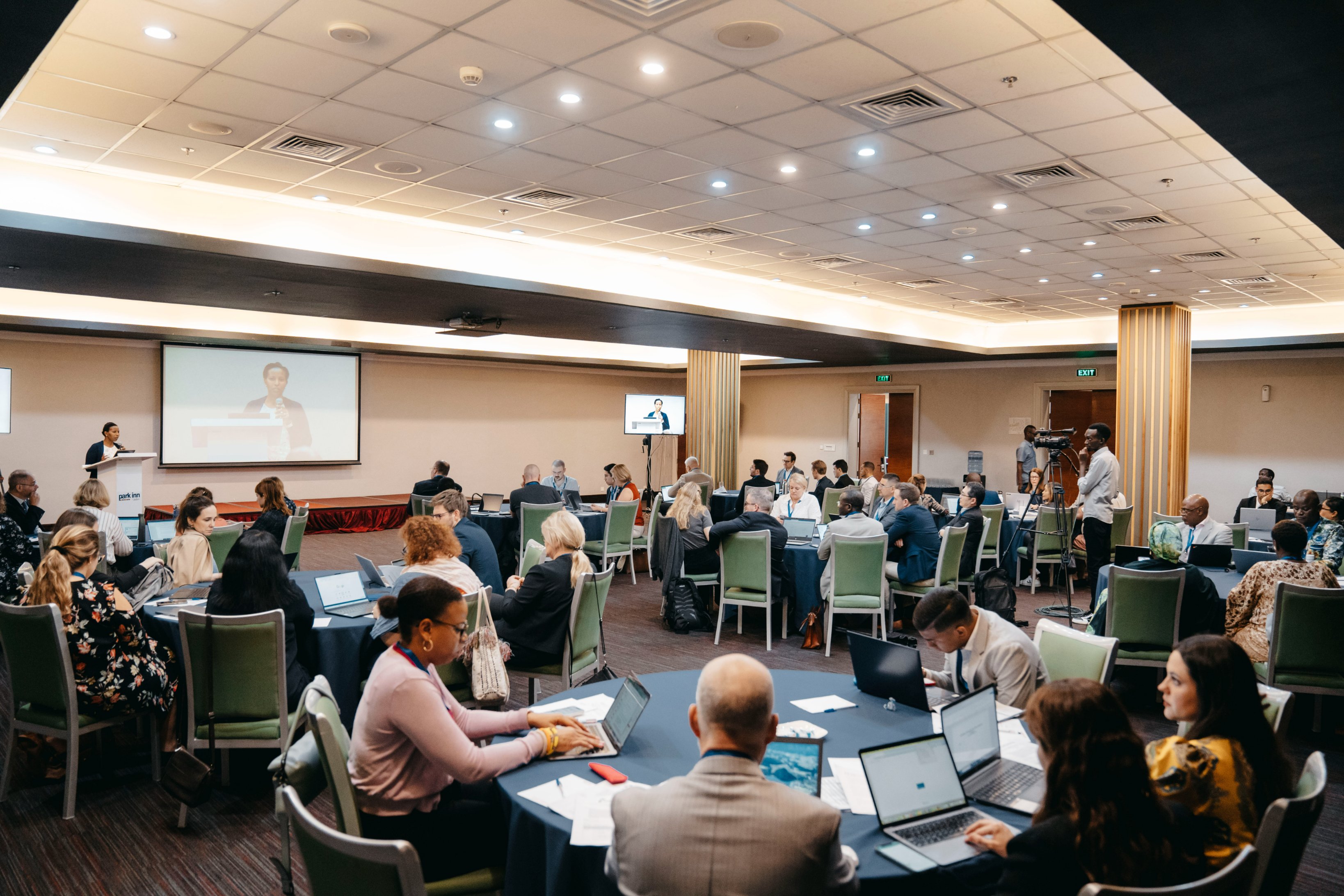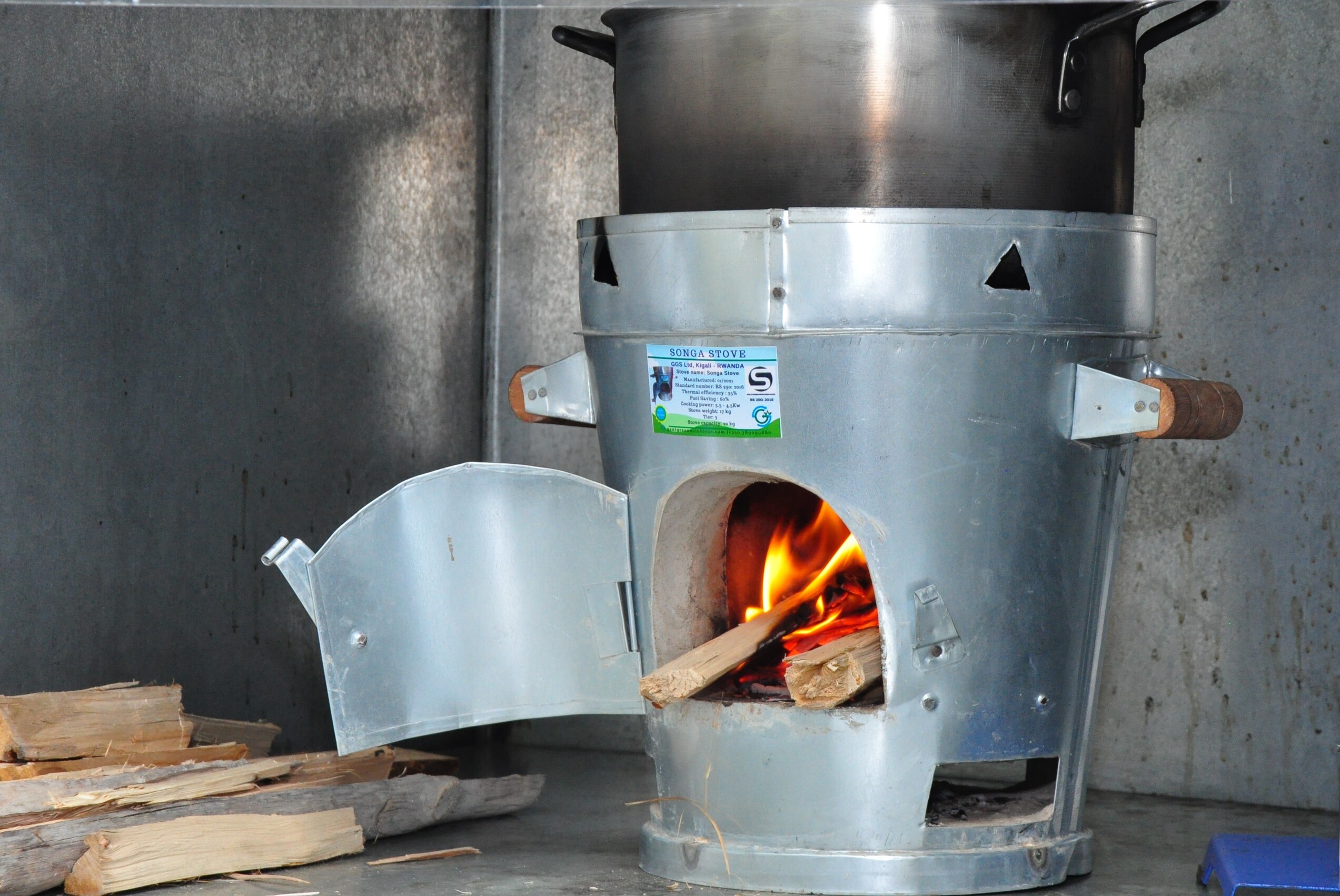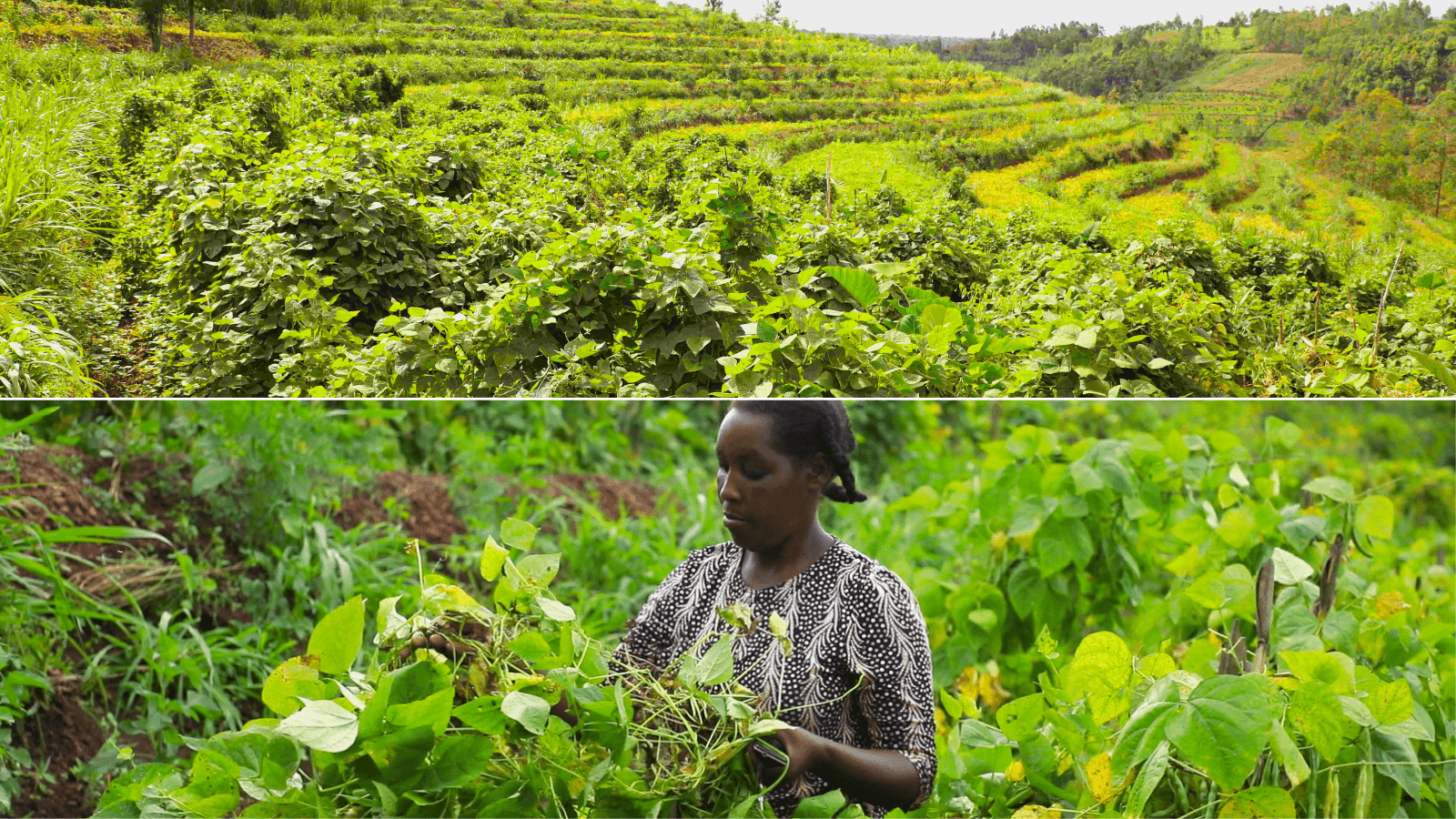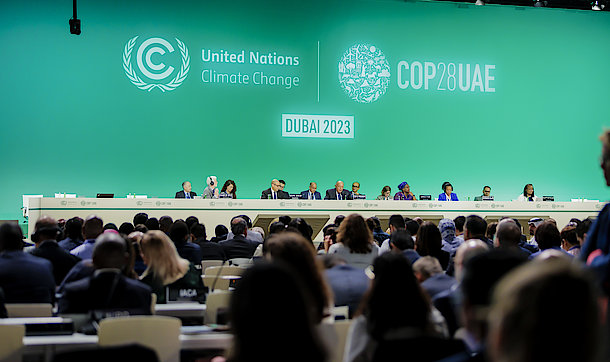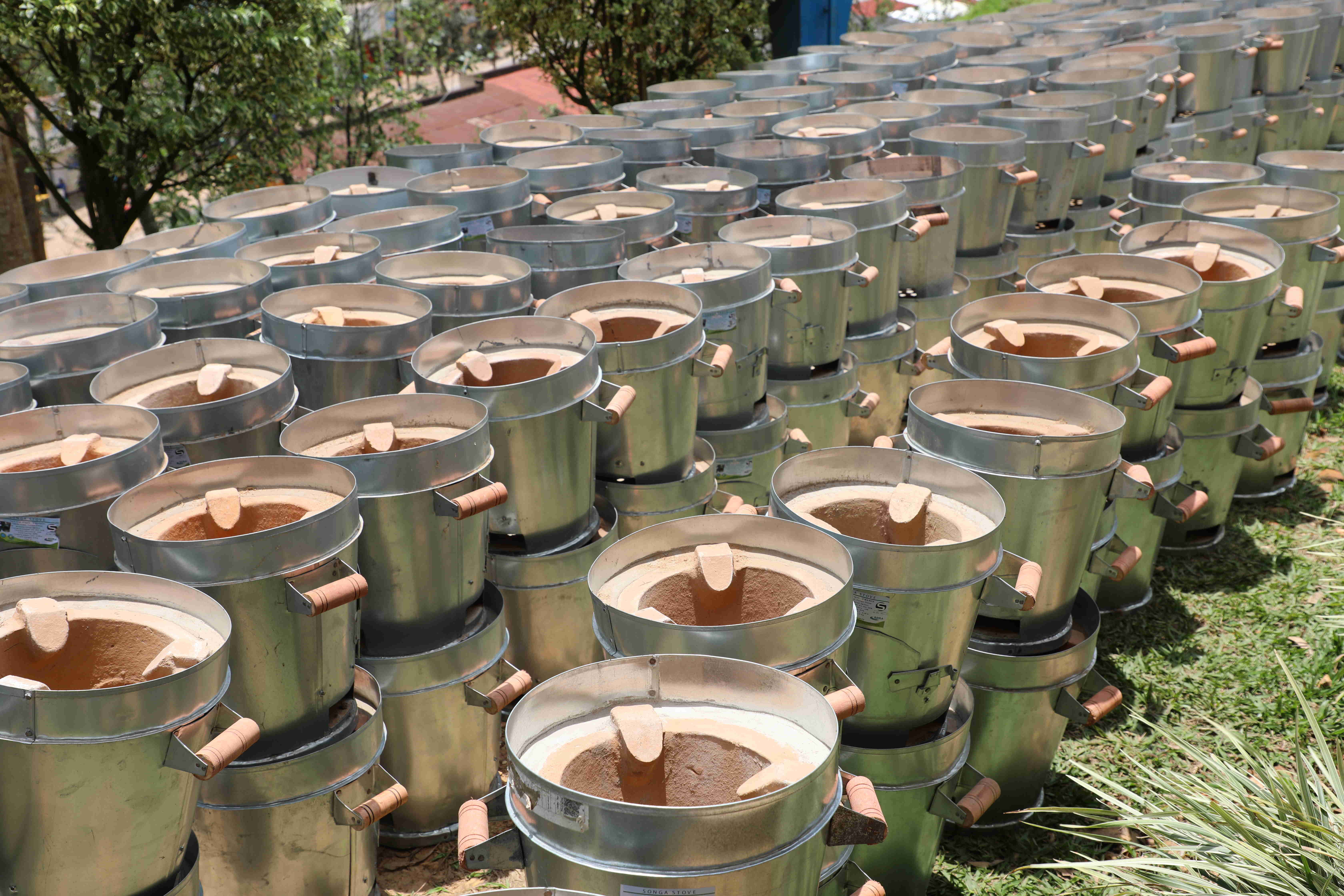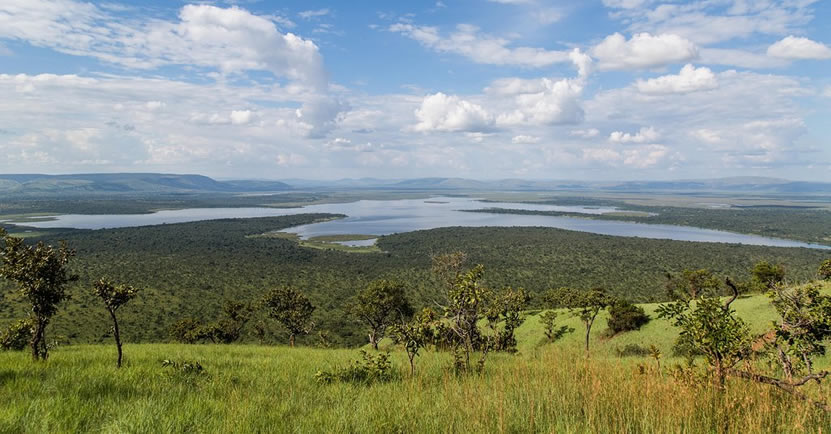
Lakeshores and Riverbanks are public property, their use can only be authorized by the Minister in charge of Environment
The Ministry of Environment and the Rwanda Environment Management Authority (REMA) are conducting a campaign aiming at reminding Rwandan residents that no activities or buildings are authorized on the land considered as buffer zone of lakes and rivers, as it is public property.
The land within a distance of fifty (50) meters from the lakeshore, and ten (10) meters from the banks of big rivers is public property, as per Ministerial Order N°007/16.01 of 15/07/2010 determining the length of land on shores of lakes and rivers transferred to public property.
Agricultural and livestock activities are prohibited in a distance of ten meters (10 m) away from the banks of streams and rivers and fifty meters (50 m) away from the lake shores according to the law N°48/2018 of 13/08/2018 on Environment.
“No activities or buildings are authorized on the above-mentioned land except activities aiming at protecting lakes, rivers, shores or activities authorized by the Minister in charge of Environment, and when such activities are deemed not destructive to the environment on condition that a prior environmental impact assessment study has been done” says Dr. Jeanne d’Arc Mujawamariya, Minister of Environment.
Public land referred to in this Order is a protected area. When it is not protected, according to Juliet Kabera, Director General, Rwanda Environment Management Authority, “the result is water pollution due to human activities on the riverbanks and lakeshores, and encroachment of sensitive ecosystems living in the buffer zones and inside lakes and rivers waters among many others negative effects”
The study conducted by Rwanda Environment Management Authority in 2008 revealed that Rwanda has 101 lakes and 863 rivers (including 747 big rivers and 116 small rivers) with the length of 6462 kilometers.
In 2019, REMA conducted another study entitled “Guidance for Rational Management of Lakeshores Towards Sustainable Development in Rwanda” to find compatible ways in which the 50 meters buffer zone legal framework may be used to protect lakeshores and, with appropriate authorisation, to allow sustainable use of the buffer zone.
The study focused on lakes Burera, Kivu, Mugesera, Muhazi and Rweru, and identified ecologically-sensitive lakeshores based on wetland presence, steep slopes and fragile soils.
Lakeshore sites, as per the above-mentioned study, are ecologically-sensitive areas worthy of conservation, forest research areas or socio-economic development zones.
REMA urges partnership from government institutions, private sector, civil society organizations and Rwandan
Topics
More posts
Rwanda hosts a two-day workshop for Negotiators of the High Ambition Coalition to End Plastic Pollution
Rwanda has from 14th to 16th February hosted a two-day workshop for negotiators of the High Ambition Coalition to End Plastic Pollution (HAC). The…
LDCF3 Project’s Improved Cookstoves: A Dual Solution for Climate Change and Human Health
In a ground-breaking move towards sustainable living, the Rwanda Environment Management Authority (REMA) is making significant strides in the fight…
From reluctance to acceptance: The LDCF3 Project beneficiaries embraces terraces for agricultural transformation
The beneficiaries of the Ecosystem/Landscape Approach to Climate Proof the Rural Settlement Programme of Rwanda, also known as LDCF3 Project, who…
Rwanda welcomes historic COP28 decision to transition away from fossil fuels
The Government of Rwanda has welcomed the ground-breaking decision made at the 28th Conference of the Parties (COP28) to the United Nations Framework…
Rwanda launches Carbon Market Framework to advance Climate Action for a Sustainable Future
Rwanda has today launched its National Carbon Market Framework in a significant stride towards a greener and more sustainable future. The framework…
Over 45 professionals complete a capacity-building program in climate change analysis and reporting
Kigali, 17 November, 2023- Kigali, REMA, in collaboration with the African Institute for Mathematical Sciences in Rwanda(AIMS_Rwanda), celebrated the…
REMA’s LDCF3 Project distributes 5,000 improved cookstoves to beneficiaries to tackle climate change
The Rwanda Environment Management Authority distributes 5,000 improved cookstoves to beneficiaries of the Landscape Restoration Approach to Climate…
BIOFIN’s Technical Advisor on Environmental Finance visits Rwanda to foster stakeholder engagement
The Biodiversity Finance Initiative (BIOFIN)’s Technical Advisor on Environmental Finance for Africa, Mr. Bruno Mweemba recently visited Rwanda from…
World Ozone Day: REMA recognizes students and lecturers with technologies and eco-friendly cooling solutions
Rwanda in September 2023 joined the rest of the world to mark the World Ozone Day with the theme “Montreal Protocol: Fixing the Ozone layer and…
